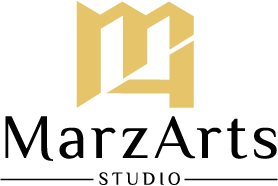Before Publishing Comes Design
Book design is an essential aspect of book publishing, whether it’s a traditional printed book or an eBook. It refers to the art and process of creating a visually appealing and functional book that is not only easy to read but also enjoyable to look at.
A well-designed book involves various elements, including cover design, interior layout, typography, and typesetting. Each of these book design elements plays a crucial role in creating a book that is both visually appealing and easy to read.

